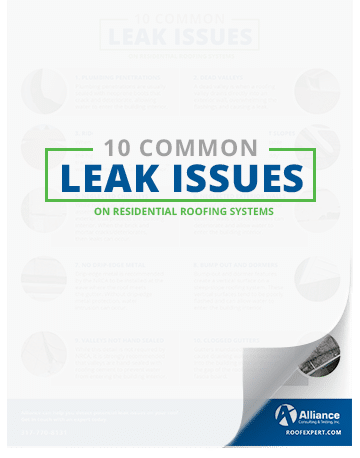Assess The Monetary Implications And Advantages Of Solar Installation To Determine The Potential Financial Advantages For Those Interested In This Renewable Resource Endeavor
Assess The Monetary Implications And Advantages Of Solar Installation To Determine The Potential Financial Advantages For Those Interested In This Renewable Resource Endeavor
Blog Article
Web Content Create By-Castro Kane
When considering the costs of solar setup, you might wonder about the ahead of time investment needed and whether it straightens with the possible long-lasting benefits. Comprehending the complexities of these costs and the numerous aspects affecting the general return can clarify the value proposal of transitioning to solar power. By examining both the first configuration costs and the forecasted cost savings gradually, you can get insight into whether the investment in solar installation holds pledge for your economic future.
Initial Setup Costs
When considering the costs of solar installment, the initial configuration expenses play a critical function in your decision-making procedure. These ahead of time expenses consist of the price of solar panels, inverters, placing devices, and installment labor.
The rate of solar panels can differ relying on the brand, effectiveness, and size you select. Inverters are necessary for converting the sunlight's power into useful electrical power and be available in various types such as string inverters, microinverters, and power optimizers, each with its own price effects.
Mounting equipment, such as racks and rails, is needed to safely install solar panels on your roof or residential or commercial property.
The installation labor cost covers the expert setup of the planetary system, guaranteeing that every little thing is set up appropriately and efficiently. Remember that while these preliminary setup expenses may seem high, there are frequently discounts, tax obligation rewards, and funding alternatives available to aid balance out the costs and make solar installment more budget-friendly in the future.
Long-Term Financial Savings Analysis
To recognize the monetary advantages of solar setup over time, it's essential to perform a detailed long-lasting financial savings analysis. While the preliminary setup expenses of solar panels might seem daunting, the long-term savings can surpass these costs considerably. By using the power of the sunlight to produce electrical power for your home, you can potentially save hundreds of dollars on your utility costs over the life-span of your planetary system.
One of the vital variables to consider in a lasting cost savings analysis is the reduction in your power expenses. With solar panels, you can create your electrical power, lowering and even eliminating your reliance on the grid. This can lead to considerable financial savings, specifically as utility rates remain to increase.
Furthermore, many governments provide incentives such as tax obligation credit scores and discounts for installing photovoltaic panels, further improving your long-lasting savings. By making use of these rewards and optimizing your solar power production, you can appreciate significant economic advantages for years to find.
Return on Investment Calculation
Taking into consideration the financial benefits of solar setup, it's time to assess the Return on Investment (ROI) computation. Establishing the ROI includes comparing the complete prices of installing a solar system with the monetary benefits it produces over its lifespan.
To compute mouse click the up coming web site , split the internet make money from the system by the complete investment price and multiply by 100 to get a portion. The ROI formula is: (Web Revenue/ Overall Investment Cost) x 100.
For example, if the total expense of installing a planetary system is $20,000, and over its life expectancy, it produces savings and revenues amounting to $30,000, the net profit would certainly be $10,000. Separating this by the complete financial investment price of $20,000 offers a ratio of 0.5. Increasing this by 100 gives an ROI of 50%.
Generally, a higher ROI suggests an extra monetarily rewarding investment. Aspects like federal government incentives, upkeep prices, and energy price fluctuations can affect the ROI of solar installments. Comprehending the ROI helps in evaluating whether buying solar energy is worth it in the long run.
Verdict
To conclude, understanding the expenses of solar setup is vital for figuring out if it is worth the financial investment. By considering first setup costs, performing a long-term savings analysis, and calculating the return on investment, you can make an educated choice regarding the financial value of solar energy. With the potential for reduced utility expenses and increased energy self-reliance, investing in solar installation can be a smart selection for both your wallet and the setting.
